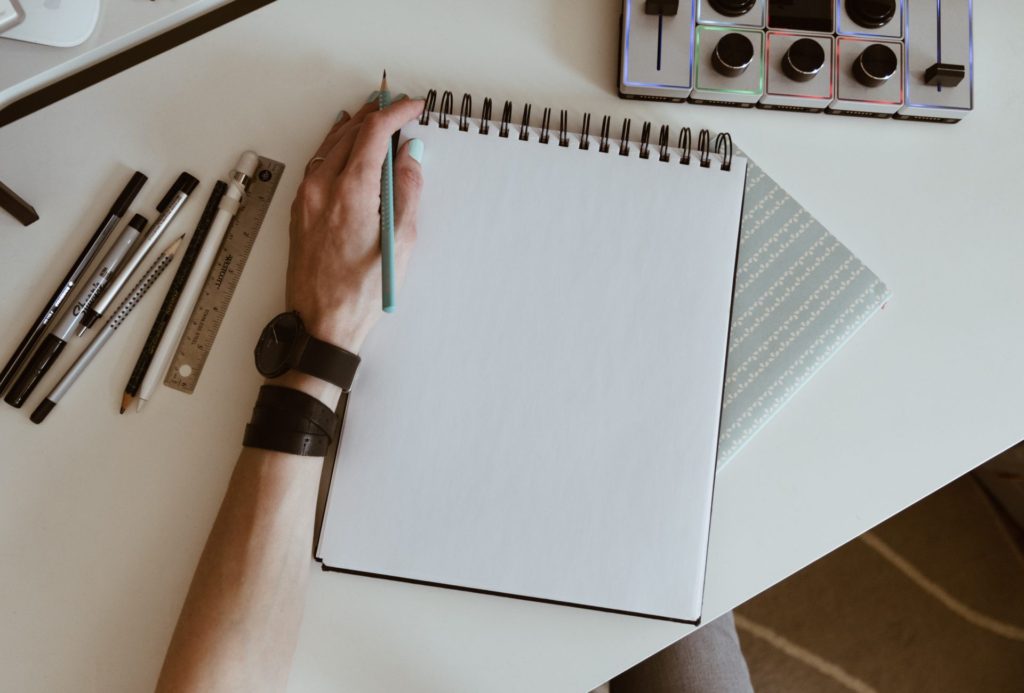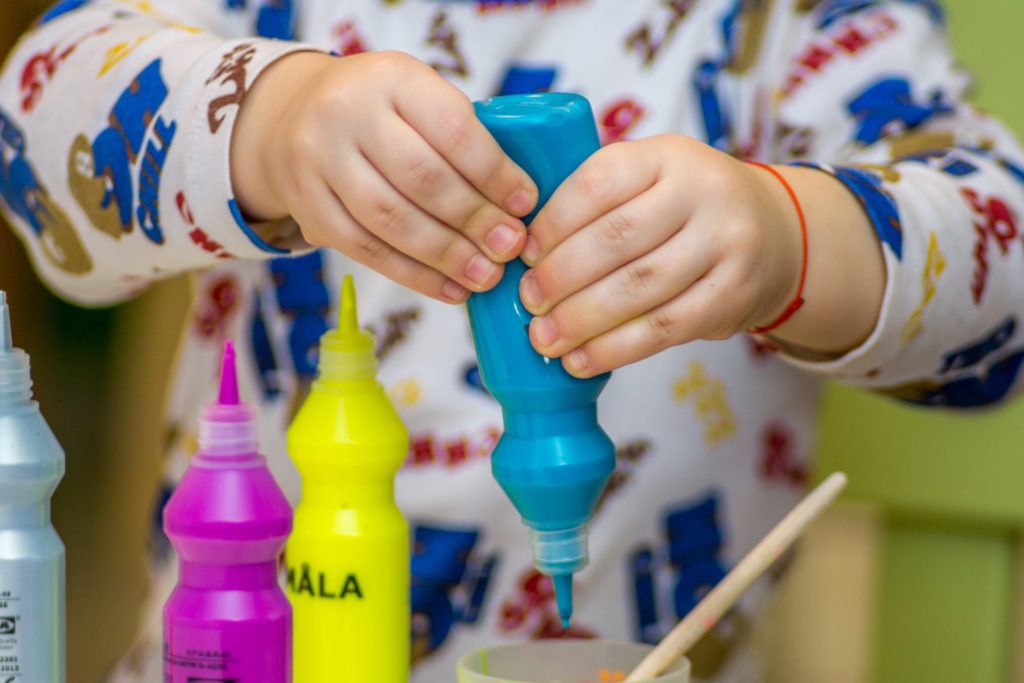In a world of 7.9 billion people, isn’t it strange that not everyone can claim to personally know a left-handed person? Statistics show that only about 10% of the world’s population is left-hand dominant.
I know people who may have encountered a left-handed person at some stage, somewhere in their lives, and not given it much thought. For me, personally, there are a number of left-handed people in my family: my (late) grandfather, a first cousin, my sister (although, that’s a long story) and, most recently, my youngest son.
Being a parent of a left-handed child makes you think about the subject of handedness a bit more intently. If you have a left-handed child and haven’t really paid much attention to it, perhaps this article will help.
The Plagued History of the Left-Handers

I’m afraid that left-handed people have not been looked upon favourably throughout history. In fact, the word “sinister” comes from the Latin word “sinistra,” which means “from the left.”
People who were left-hand dominant were looked upon as evil, or identified as witches. Joan of Arc, who was burnt at the stake, was purportedly left-handed, even though historical pictures show her brandishing her sword in both the left and right hand. Perhaps the insistence on branding her as a lefty helped their “she’s evil” narrative and, as a result, justified them burning her alive.
Conversely, ‘right’ is associated with correctness. According to Merriam-Webster, “…right is used to mean “correct,” “true,” or “ethically sound” (“a right answer”; “didn’t have the right address”; “the right thing to do”).”
In a nutshell, the sentiment could be summed up as: right is right and left is wrong.
Which brings us to the 20th century. While the world, for the most part, moved away from the severely negative connotations associated with being left-handed, the phenomenon was still looked upon as something that needed to be corrected, or made right – pun intended.
If you were born in Eastern Europe before 1989 and there was even an inkling of left-handedness, chances are that you’re now 100% right-handed – thanks to their policies geared towards creating a homogenous society at that time.
“When nothing goes right, go left.”
Anonymous

My sister, born in the early 80s, was left-handed. I still have vivid memories of my dad repeatedly removing a crayon from her left hand and placing it in her right hand, telling her to do it the ‘correct’ way. She now writes right-handed, but boy does she confuse people!
I’ve been with her personally as she filled out forms somewhere, and the woman behind the counter smiled at her and excitedly said: “I’m left-handed, too!” My sister stated that she was actually right-handed, prompting the now confused woman to come out from behind her desk and literally stand next to her to confirm that she was indeed using her right hand. I don’t blame the poor woman. My sister holds a pen strangely when she writes, and although her handwriting is neat, her letter formation is insane.
It’s All Genetic
Surprisingly, handedness has not been the subject of much research. It has only been in the last 50 years or so that studies have been conducted. The lack of research could likely be attributed to the ‘shortage’ of left-handed people on which to conduct a study. We now know that it’s all genetic, but for many years the debate of nature vs nurture has raged on.
With it being a genetic phenomenon, there is, therefore, no need for correction – just like when one is born with blue eyes instead of brown.
As such, don’t rush to make an Occupational Therapy appointment for your toddler when you see he holds his fork or throws a ball with his left hand. Your local paediatric OT could definitely assist with providing you with information on how to manage the situation, but will definitely not intervene to change dominance.
According to literature, children tend to start showing a preference from around 18 months and their handedness is usually determined by the age of 3 years. Up until then, don’t jump to any premature conclusions.
The Troubles with Being Left-Handed

It’s true that the right-handed world doesn’t give much thought to the left-handers of our population until it affects us directly.
Having a 3-year-old who favours his left hand almost 100% of the time has certainly made me pay more attention. With my background in Occupational Therapy, while it seemed like just one of those things we’d need to deal with, like a cold or a scraped knee, I knew that this would be much more challenging and an area which would require dedicated support.
While it’s true that most left-handed people just get on with it, i.e. make do with living in a world designed for the right-handed, the truth is that their lives could be enhanced so much more if they are just provided with the correct tools – and I mean this quite literally.
Problems with being left-handed range from having your forearm covered in pencil markings as your write all the way to death!
Statistics are not easy to come by, but it is alleged that over 2500 left-handed people are killed each year due to using right-handed products. While I’m not sure how much truth there is to this supposed number, this post from BBC News does attempt to provide a logical explanation.
How to Assist Your Left-Handed Child

Just like you would assist your right-handed child with teaching them any required tasks, the same would apply to your left-handed child. Here is the catch, though: you cannot simply do the same thing, but on the left. There are certain techniques which you would need to implement differently from your right-handed child in order to help your left-handed one succeed.
In addition, it would be beneficial to purchase some left-handed tools for your child to use. I’ve started with getting him a pair of scissors, specifically designed to cut with the left hand. There are also pens and pencils (yes, those are designed for right-handed people as well) that you could purchase.
Literally everything is done differently. Buttoning shirts, holding pens and positioning books while writing and even tying shoelaces can be a challenge. So, please try to be empathetic.
For additional information on how to assist your little left-hander, refer to this helpful Occupational Therapy post.
Also, from a psychological perspective, be sure not to bring any special or extra attention to the fact that you are a parent to a left-hander. Don’t make your child feel like a misfit for being born differently. Home should be a place where they are nurtured and encouraged to be themselves at all times.
Famous Left-Handers

Did you know that there are a myriad of famous left-handed people in history?
Below are just a few.
- Oprah Winfrey
- Leonardo da Vinci
- Mark Twain
- Barack Obama
- Albert Einstein
- Marie Curie
- Jimi Hendrix
- David Bowie
*
It’s not doom and gloom – not at all! In fact, if you didn’t know it, left-handers have their very own day to be celebrated. Remember to bookmark the 13th of August each year to make that left-hander in your life feel special.
After all …
“Life without left-handed people wouldn’t be right.”
C.R. Manske





